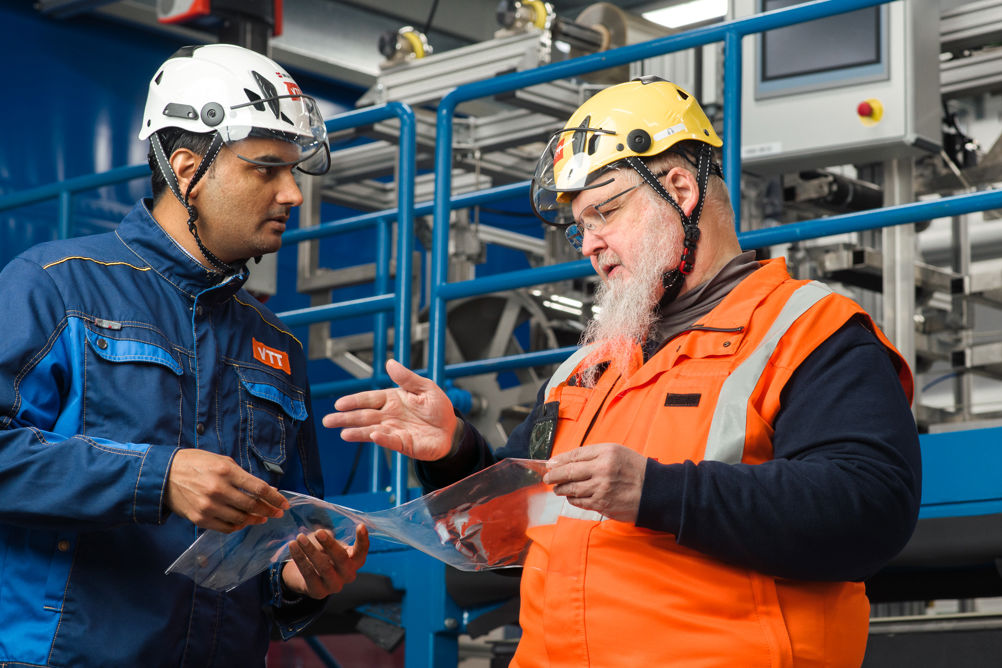The CelluloseFilms plant builds on work carried out by VTT Technical Research Centre of Finland, which first announced its cellulose bioplastic film in June 2022. The water-resistant and biodegradable material is made from regenerated cellulose that can come from any number of natural sources. A chemical recycling process breaks down the plant matter, with the cellulose further processed to form a bioplastic film, similar in properties to the polypropylene film that proliferates across the food sector.
Related content
“Polypropylene film is one of the world’s most used polymers and the market is expected to grow by €15bn by 2035,” said Ali Harlin, research Professor at VTT.
“It’s so useful in keeping food fresh that the world can’t do without it. However, there is a great need to replace it with a more sustainable alternative as it usually ends up polluting the environment after a very short time in use. The new facility is a step forwards in making sustainable materials more mainstream in an industry heavily reliant on packaging materials.”

Plastic film packaging materials are in huge global demand because they are highly effective at protecting food and other fragile contents. But this demand results in a considerable carbon footprint and enormous amounts of polypropylene sent to landfill and finding its way into our oceans. According to VTT, there is currently no other viable, sustainable alternative to polypropylene film packaging on the market.
“So far, we have received feedback from our customers that they can’t tell the difference between our cellulose-based films and traditional plastic wraps,” said Harlin. “Plastic wraps have been absolutely essential to the packaging industry since the 1940s, but the world is well overdue for a better alternative. We’re very excited to create new processes to produce plastic film alternatives.”











McMurtry Spéirling defies gravity using fan downforce
Ground effect fans were banned from competitive motorsport from the end of the 1978 season following the introduction of Gordon Murray's Brabham...